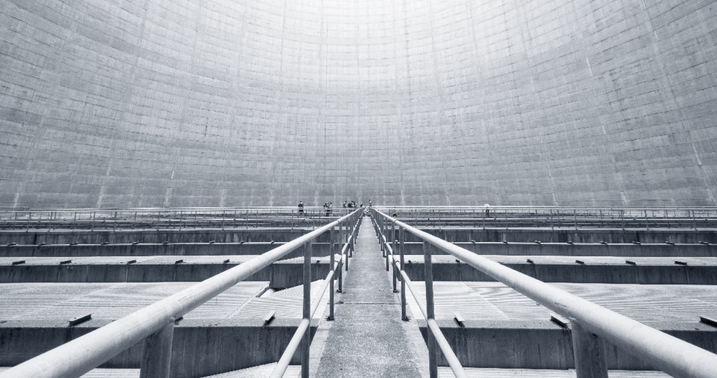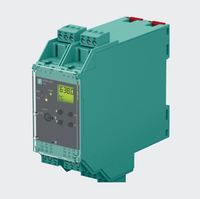Feed Water Cooling in Coal-Fired Power Stations

Application
Steam generated in a power station to drive turbines is converted into liquid water after the last turbine stage. This process takes place in a capacitor. The cooling water is pumped into the capacitor via a pipework system. The heat from the steam is transferred to the cooling water; the steam condenses and is then fed back into the boiler as feed water. The heated cooling water is either cooled back down in the cooling tower or fed directly into an existing body of water.
Goal
The goal is to monitor the flow rate of the cooling water pump so that a continuous condensation process takes place in the capacitor. In addition to the temperature of the flowing water, the temperature of the heated cooling water is also measured; for environmental reasons, there are limits on the amount of heat and the temperature of water that can be discharged into flowing water.
Benefits

K-System interface modules come with functional safety levels up to SIL 3.
K-System interface modules, featuring galvanic isolation and functional safety up to SIL3, transmit signals between individual system components and the control room without any interference. Signal conditioners without explosion protection certification are generally used in cooling water applications. With the K-System, any needs that arise can be handled using modules from one portfolio. The compact and economical SC-System is ideal for the transmission of analog measurements. Its modules – which are just six millimeters wide and are mounted on a DIN mounting rail – provide safe galvanic isolation between the field and the control side.
Solution
To optimize the flow rate of the cooling water based on the amount of heat transferred to the capacitor and the temperature of the flowing water, the speed of the cooling water pumps and the flow is monitored by frequency converters in conjunction with transmitter power supplies. In addition to measuring speed, the frequency converters also feature a slip detection function to detect overloading or the presence of blockages caused by foreign objects. The temperature of the flowing water and the cooling water discharged into the flow is measured via a temperature converter with trip value relay.
At a Glance
- The flow of the cooling water is monitored by transmitter power supplies used in conjunction with flow meters
- The cooling water pump speed is controlled by frequency converters, which also serve to protect the cooling water pumps against overloading
- Temperature converters with trip value relays for thermocouples, potentiometers, and resistance thermometers ensure the temperature of the cooling water is monitored








 +49 621 776-0
+49 621 776-0